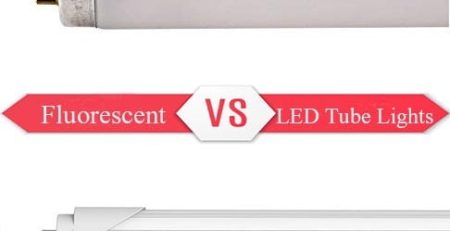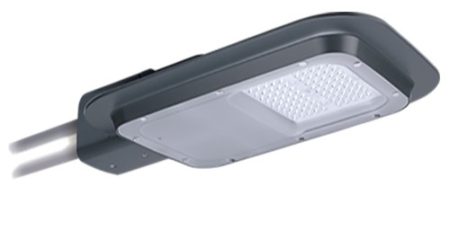Thin Film – An Ever-Present Item With Handful of Uses and Practical Applications
Thin Film – An Ever-Present Item With Handful of Uses and Practical Applications
electric resistor
About Thin film Electronic Components and Its Product Range:
There is a widely used product for everything from computer memory and drug delivery to batteries, dye-sensitized solar cells, and micro and nano-devices. It is also used in a variety of applications such as protective coatings, control of light and heat, and modification of surface properties. What exactly is thin film and how is it defined? Essentially, thin film is a layer of material that ranges from fractions of a nanometer to several micrometers in thickness. They are the most common in electronic semiconductor devices and optical coatings, although they have many other applications, some of which were mentioned above. You are probably familiar with the application of thin film in a typical household mirror, in which a thin metal coating is applied to the back of a sheet of glass in order to form the reflective surface.
It is particularly ferromagnetic and ferroelectric thin films, are being increasingly used in computer memory. Ferromagnetism is a mechanism in which materials form permanent magnets, a very important concept that is fundamental in electrical and electromechanical devices such as electromagnets, electric motors, generators, transformers, and magnetic storage. Ferroelectric, on the other hand, signifies that there is a permanent electric polarization than can be reversed in an external electric field. These are used in transducers and electromechanical actuators. It is being used in pharmaceuticals as a method of drug delivery. Another type of thin film, ceramic, is also widely used to protect materials against corrosion, oxidation, and wear. They are also used to produce thin-film batteries and dye-sensitized solar cells. Photovoltaic solar cells have been known to have high manufacturing costs, which in turn causes solar energy to be up to 5 times more expensive than traditional energy methods. Photovoltaic is the conversion of light energy into electricity using solar cells, which can reduce costs dramatically and make solar energy a more economically feasible source of energy. Recently, these solar cells have been produced using this technology, which requires less processing and fewer materials than the thick wafers previously used in solar cells. This reduction in cost and materials is paramount in helping solar energy become more prevalent.
As discussed, this technology has a handful of useful and practical applications. How does the manufacturing process work? This term itself refers to the entire process of manufacturing as well as the heater elements on the thermal print heads themselves. In simple terms, the process works by depositing a very thin layer of resistor material onto a substrate, followed by a thin layer of metal, through the use of chemical vapor deposition. Both these deposited layers are referred to as this. In comparison, thick film technology is more complex and requires that conductors be fabricated at twice the resolution, thus limiting the resolution.
This technology, especially thin-film cells, are manufactured by the following companies: Abound Solar, Aleo Solar, Anwell Technologies, Ascent Solar, Bosch Solar Energy, Daystar Technologies, Energy Conversion Devices, First Solar, Global Solar Energy, HelioVolt, International Solar Electric Technology, Konarka Technologies, Miasole, Nanosolar, Odersun, Q-Cells, Sanyo, Signet Solar, Solo Power, Solyndra, Sulfur cell, SUNGEN International Limited, and TEL Solar.
You can browse on web for leading distributor of all types of thin film components from a comprehensive list of manufacturers. On this site is where you can get tier 1 pricing from manufacturers which pass selected savings to you:












Leave a Reply
You must be logged in to post a comment.